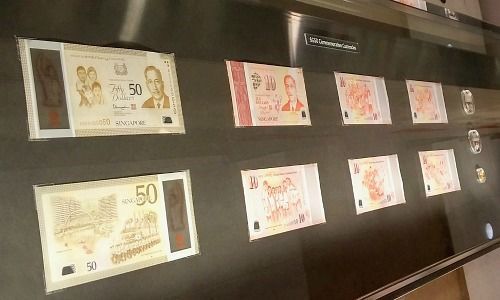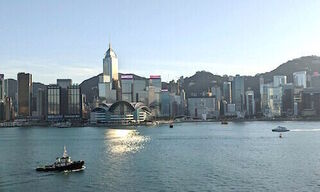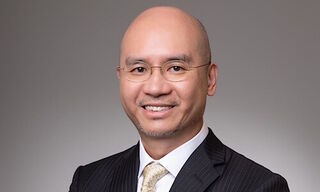The Monetary Authority of Singapore will transfer parts of its official foreign reserves to the Government for longer-term investment. The amount is the excess over what MAS deems necessary to maintain confidence in Singapore’s exchange rate-centered monetary policy.
The Monetary Authority of Singapore (MAS), as the central bank of Singapore, manages the country’s official foreign reserves (OFR), which stood at S$404 billion as at April 2019, according to a media statement sent on Wednesday. MAS said further that it would be transferring S$45 billion from the OFR to the Government for longer-term investment, managed by the Government of Singapore Investment Corporation (GIC). The transfer will take place in May 2019.
The shift of assets from MAS to the Government does not imply any reduction in Singapore’s total foreign reserves. In the event of an extreme adverse scenario, the foreign reserves held by the Government are also available to ensure that MAS’ operations are not compromised.
Further Disclosure
MAS has also decided to disclose further information on its monetary policy operations, without compromising their effectiveness. MAS will release data on its foreign exchange intervention operations, which are integral to its management of the S$NEER.
The data will comprise MAS’ net purchases of foreign exchange on a six-month aggregated basis, and with a six-month lag from the end of the period. We will hence release this data on a six-monthly basis, beginning with the data for the second half of 2019.
Better Indication for Investors
This further disclosure initiative will provide market participants a better indication of the actions that MAS has undertaken to implement its monetary policy stance while preserving MAS’ operational effectiveness. MAS’ foreign exchange intervention operations will remain focused on keeping the S$NEER within its policy band, so as to keep inflation low over the medium term.
Singapore’s monetary policy is aimed at ensuring medium-term price stability. Given the dominant role that the exchange rate plays in determining core inflation in Singapore, MAS conducts monetary policy by managing the exchange rate of the Singapore Dollar. MAS does this through market intervention operations to keep the nominal effective exchange rate of the Singapore Dollar (S$NEER1) within a policy band consistent with ensuring price stability.
Strong Buffer
The stock of OFR has grown steadily over the years. As a proportion of GDP, OFR amounted to 82 percent as at Q1 2019. MAS periodically assesses the size of OFR that is necessary for supporting the conduct of monetary policy and financial stability. In its latest review, MAS assessed that it should maintain OFR amounting to at least 65 percent of GDP on an ongoing basis.
This level of OFR will provide a sufficiently strong buffer against stresses in the global economy and markets, and underpin confidence in Singapore’s exchange rate-centered monetary policy. Accordingly, the current level of OFR is in excess of that required by MAS.


























